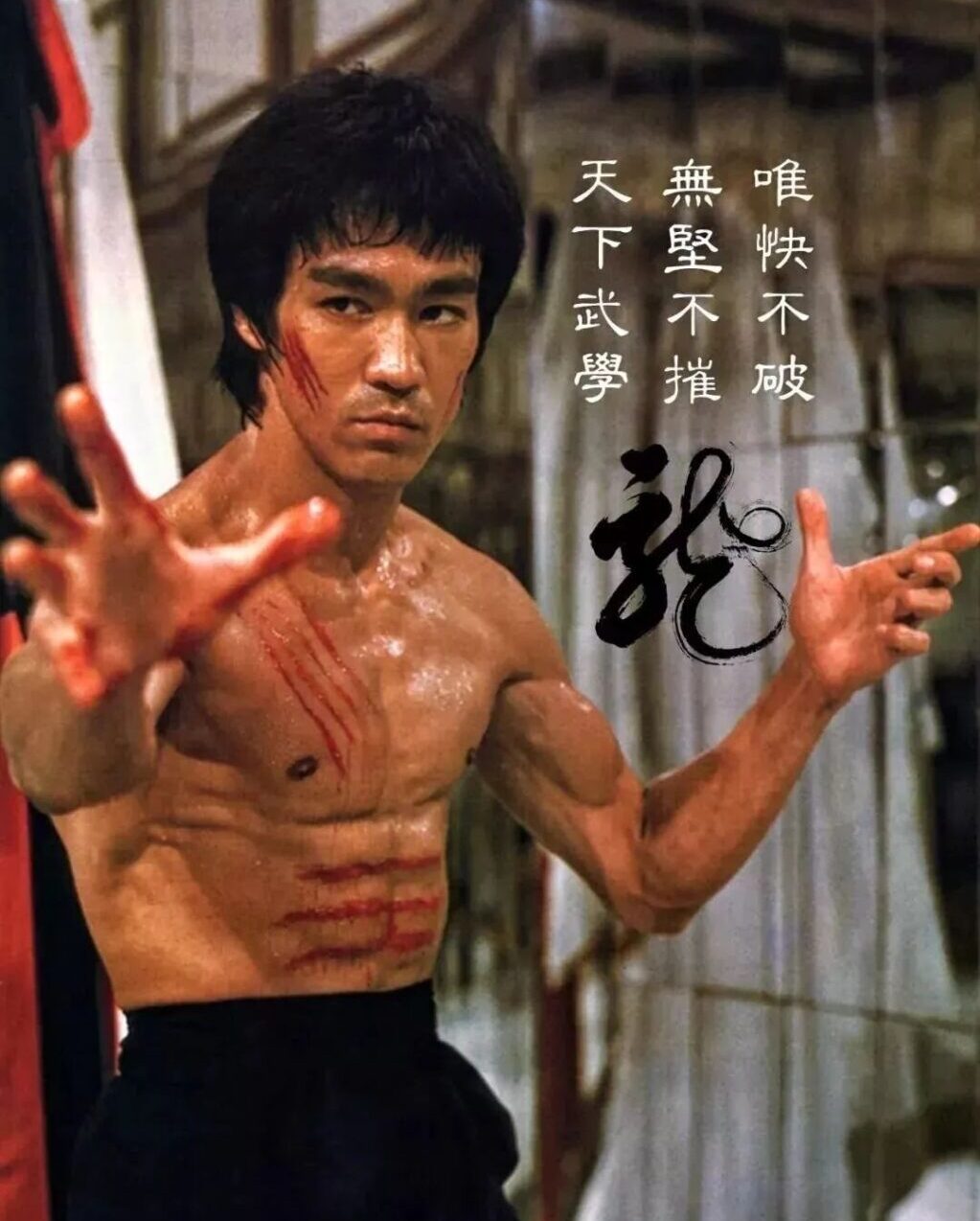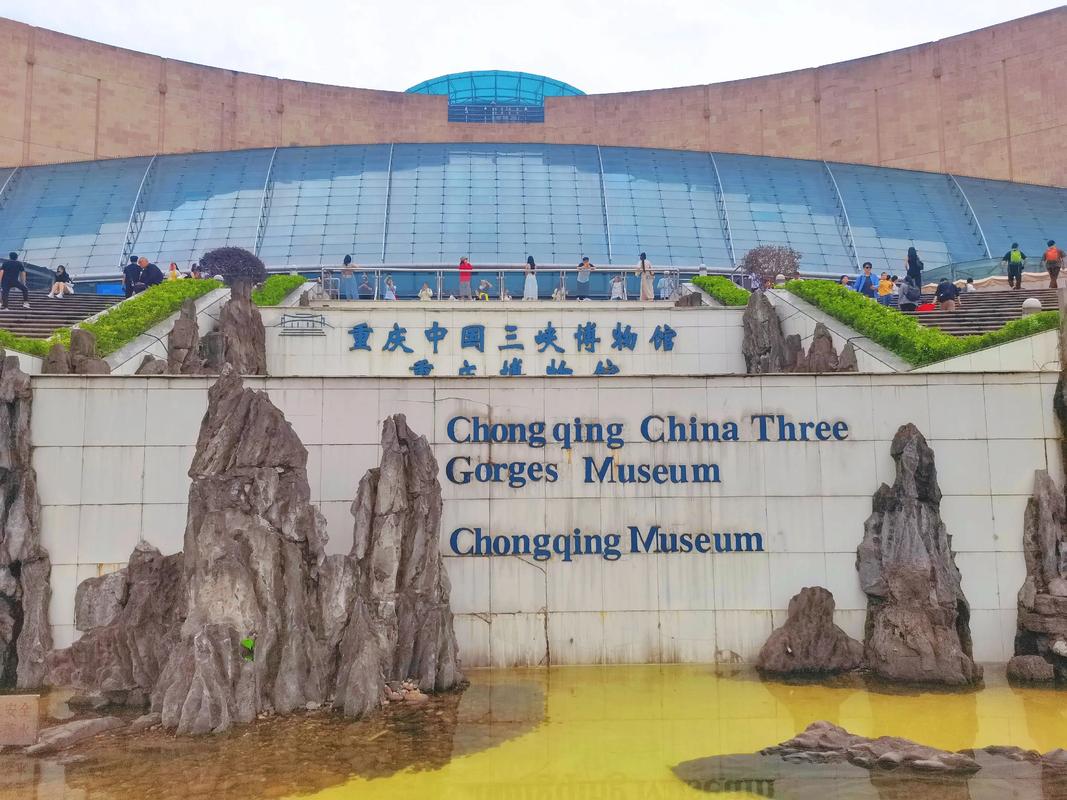Welcome to the place where Wing Chun was born-Shaolin templeMartial artists, with their breeze-block steps, are as common here as anyone else practicing their chosen specialty. This isn’t a city that merely talks about kung fu; kung fu lives and breathes in every alleyway and millisecond of its long tradition.Where is Ip Man? Who has heard about Yim Wing Chun, and would like to tell us the real story of her martial art? That's what Foshan whispers in your ear, and what darting flashes of movement, caught in the corner of your eye, serve to remind one of in this city. If you've ever wanted to feel what true Foshan Wing Chun is like, really feel it in your bones--not just look for it on the screen--then this is the place for you.
The Cultural Roots and Evolution of Foshan Wing Chun
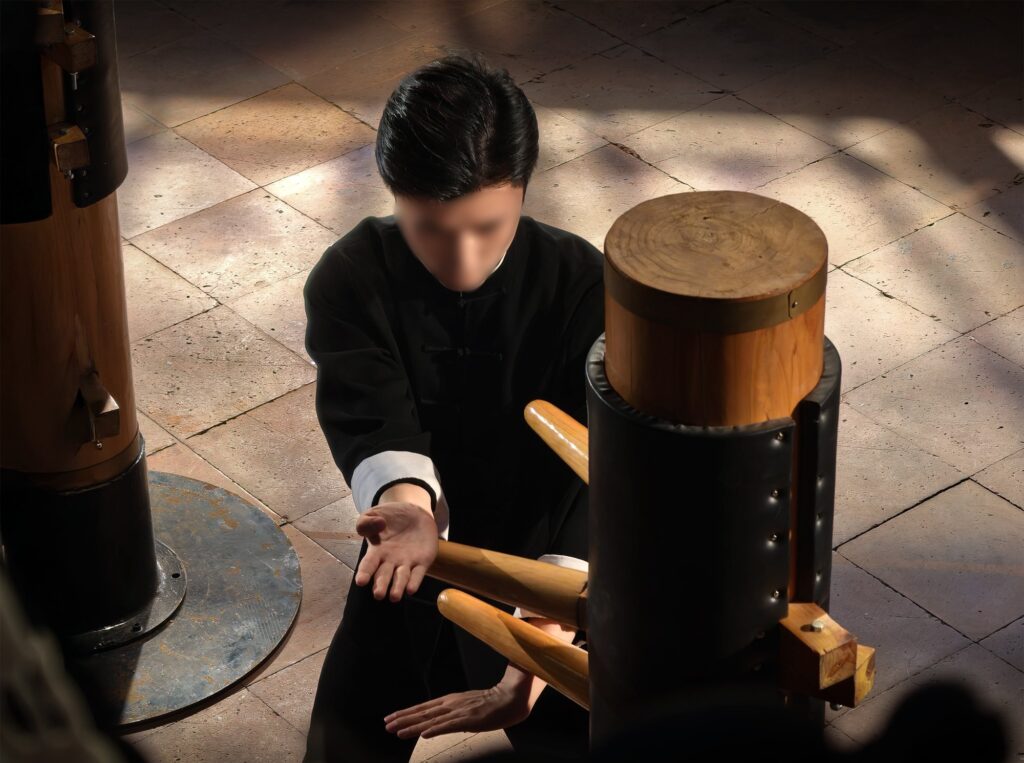
Wing Chun training
Bruce Lee and Global Recognition
Ip Man laid the foundation for the Bruce Lee storm. Bruce Lee, born in San Francisco yet belonging to Foshan as its rebellious son, turns Wing Chun basics such as sticky hands, chain punches, into Jeet Kune Do. He adds brutal kicks and lightning footwork. Expatriates in Foshan love to tell how he reconstituted martial arts for Hollywood. Today, at Bruce Lee Paradise, walking through, I smirk at the towering bronze statue. I half expect him to bellow out something legendary. There are no careful interior decorations in the place, but his presence is all around in Foshan. Wing Chun seems neGitung Arts on eFort’ not really designed to be kept in one place—it is supposed to march across the world.
Wong Fei-hung and the Spirit of Martial Arts
Wong Fei-hung is something unique. He combined the roles of doctor and fighter. He could deliver a fierce Tiger-Crane strike and then heal the injured man himself. His Hung Ga style sees dramatic wide stances as well as broad sweeps that go by unnoticed but hit like a storm. Watch a live show at the Huang Feihong Memorial Hall and you'll get to know the power lodged in this system Whoever came along this road, locals hold, must have a moral purpose. They say he symbolized justice, teaching that as well as skill you needed backbone and compassion. Frequently, I ask myself if this spirit has been handed down in our modern martial arts– when you see Hung Ga close-up, you feel a sort of raw, proud, almost sacred spirit.
Learning Foshan Wing Chun Today
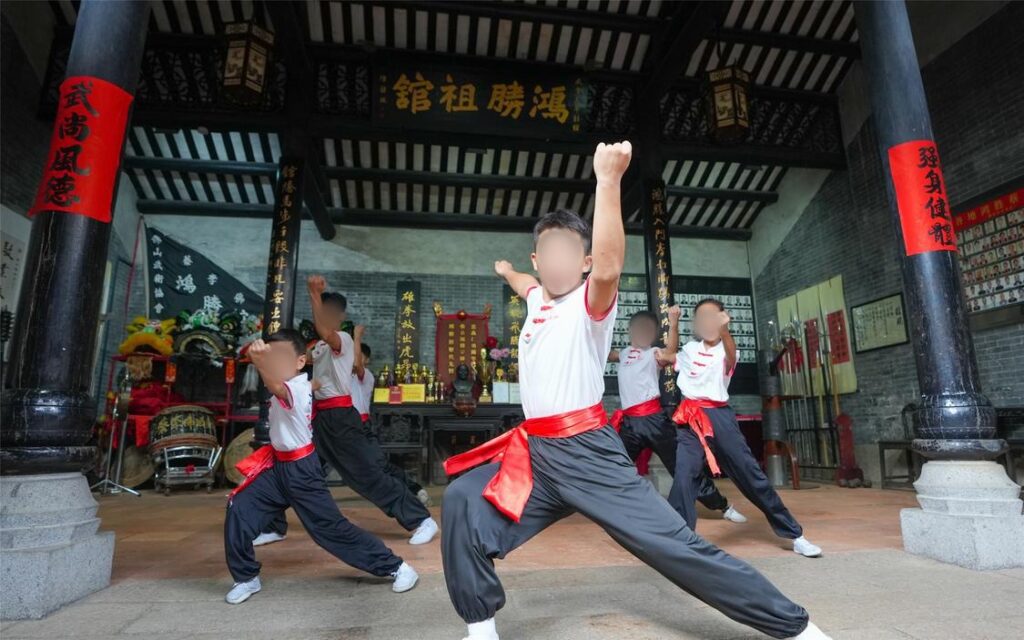
Teenagers practicing Wing Chun
Core Moves and My First Lesson
In Wing Chun, the first thing you learn is to "protect the centerline." The principle may sound easy, but when I tried it for my first time at the wooden dummy--my hands were unsteady and I discovered just how difficult balance really is.
Wing Chun stresses short, sharp strikes like chain punches, and defences that are like guiding water rather than simply blocking. My teacher kept tapping my elbows, telling me I was too stiff. I left the class soaked in sweat, my arms aching; but I felt oddly fulfilled–as though I had touched a living tradition. It was not just about learning techniques; it was unlearning the misconception that strength is everything.
Master Lance Pun’s Wing Chun School
You wouldnt notice Master Lance Pun’s Wing Chun school at first; it’s hidden away in Zumiao’s Xibi Lane. Behind 38-old tea shops that smell of dried chrysanthemum. When you step inside--you’ll see a few wooden dummies set up in front of cracked white walls, the kinds where you can see scratches from long ago. Also there's just one string holding sticks, but they ’ re all different lengths.
Then he explains how Wing Chun is about angles and economy of motion; not force. I remember one Canadian student next to me. Drenched after 10 minutes, she was laughin g because she couldn't believe how enormouse it was at something that appeared so simple.
It’s in the style that the school is special. It’s the city of Wing Chun, Foshan, and everywhere there is still something authentic hanging on. Tourist come to learn; many south stay--the important thing is that even though your arms feel as though they have pins in them at the end of sessions, there is a sense of closeness like no other and not just for tourists’ sake sweating without moving staying in a room with no windows that never gets daylight--places like that remain with you a long time after after-work comes.
Fists were thrown out between buildings where light did not penetrate. As for real training programs, or if you'd like to attend classes, go to this Lance Pun’s Wing Chun school. There you'll find the most authentic lessons and best timetables.
If you’re curious about real training programs or want to join a class, check out this Lance Pun’s Wing Chun school for authentic lessons and schedules.
Where Can You Learn Wing Chun in Foshan
In addition to Lance Pun’s school, throughout Foshan little family-run establishments (in dusty old neighborhoods with shabby banners and raw material) can be found. Ip Man Memorial Hall also offers short demonstrations, but they can be a little perfunctory. For a more thorough study, stay at a local school for 2-4 days. A friend of mine stayed there for a week's training and came back with bruised forearms, a pain well known to all—and yet strangely comforting. Because here, learning Wing Chun is not merely to gain technique; rather, it means taking into your body the rhythms of this City walking back alleys crowded with tradition, eating beef noodles at stalls after Putting in plenty of drills. It's as raw and real on the spot as having it recreated in your memory by some glossy studio anywhere else is far better.
Exploring Foshan’s Wing Chun Landmarks
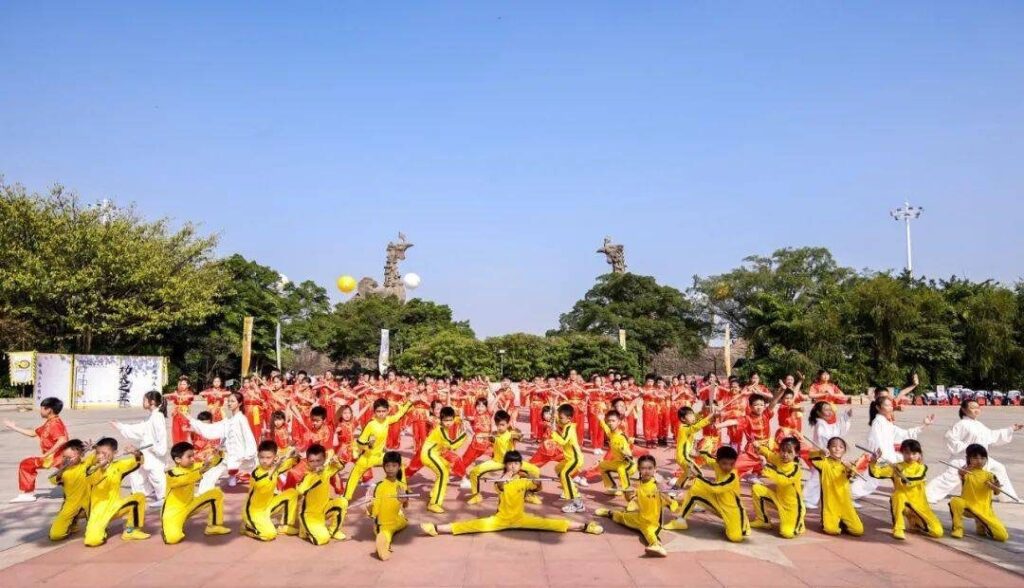
Foshan Martial Arts Festival
Ip Man Memorial Hall and Zumiao District
Ip Man Memorial Hall does not take up much space, but there is everything inside to make you stop and stare: old pictures, letters, even the wooden dummy that appears to have absorbed many years of hitting out punishment. As I was wandering through, a local guide began telling me how Ip Man's family in the past lived in that house down the street. The Zumiao District around it is a mixture of old temples, incense smoke, and narrow alleys where Cantonese opera can still be heard coming from small stages. Right across from this memorial there is a rice cake stall, and I am convinced that the old woman who runs it could give you a history lesson as she packs up your order. It’s not just for seeing; it's alive and active, like a quiet little corner where the spirit of Wing Chun is still practicing with you.
Public Kung Fu Festivals
During the Kung Fu season, the streets become open-air arenas. Foshan’s Kung Fu Festival is probably the most famous of them all--crowds form where close to Zumiao Temple, and drums can be heard long before you see any of the acts. When I went last time, a group of kids barely in their teens were doing Wing Chun chain punches so fast they looked like streaks of light. A few older masters were standing by, nodding as if secretly measuring each blow. What struck me most was how interactive the whole thing seemed--sightseers were being drawn in to try out sticky fingers, and one man beside me laughed out loud after being gently tipped off balance. It’s not histrionic brilliance but pure vitality, and that’s why it remains in your memory.
Other Cultural Attractions Near Wing Chun Spots
Shiwan Ceramic Art Street is just around the corner after spending a long afternoon watching kicks and punches. The place smells faintly of clay and wood smoke, with tiny workrooms where old craftspeople still make tea sets by hand. Once I watched a man carving dragon designs into a vase for half an hour—— it was like wing chun: you must keep quiet and in focus. Several streets away in Lingnan Tiandi, cafes sit mixed in with old villas. I took a piece of cool lemon tea there, moved to sit by the window, and looked on as a crowd of tourists and locals went past--some with cases of newly bought ceramics in tow and others just settling down like they just belong in that place.
If you're hungry, don't miss Zumiao Market, especially at dusk. You can smell the char siu, deep-fried wontons and ashweet tofu pudding long before you reach the stall. One vendor once gave me a bowl of beef offal soup and said, "This is authentic Foshan cuisine." Not gourmet, but with a plastic spoon in my hand there, I felt the city's beat--raw, warm and as worth keeping as any top-notch restaurant chain.
Foshan Wing Chun Travel Tips
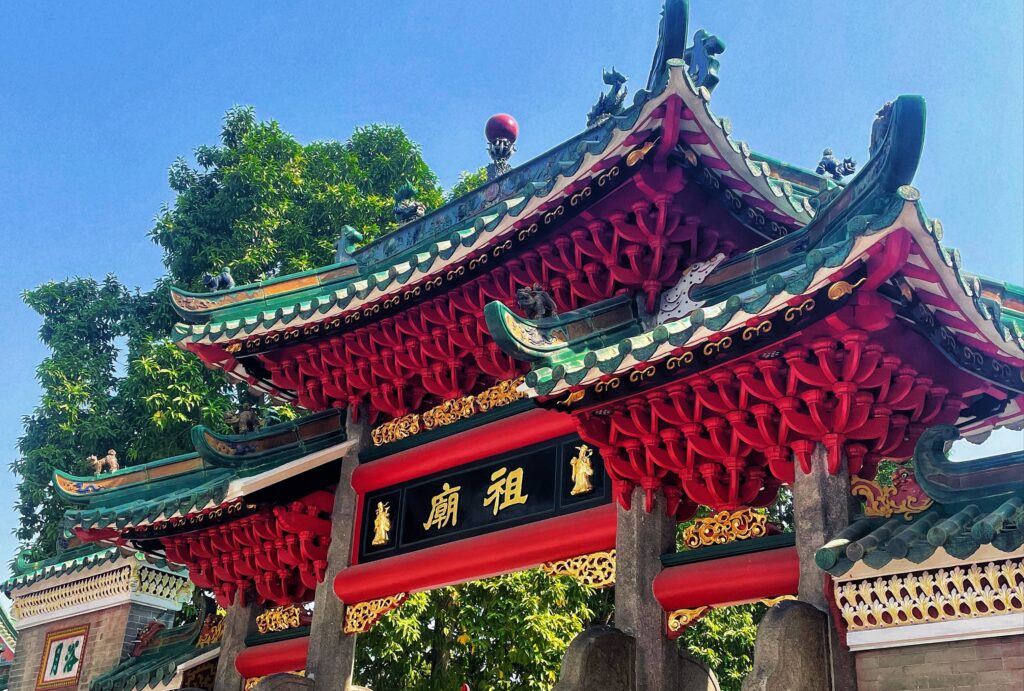
Foshan Ancestral Temple
Getting to Foshan is easier than most people think.I traveled by subway from Guangzhou South Railway Station and within forty minutes was strolling along Zumiao Street's ancient market. Taxis are convenient and cost about the same as in Guangzhou.
Hotels near Zumiao are very foreigner-friendly if you choose to stay. I settled on a small boutique place called Lingnan Garden Hotel. It wasn't spectacular, but the staff spoke enough English. They even sent me to the best late-night claypot rice restaurant in town. Food-wise, there's nothing like Shunde-style dim sum. One morning, I wedged myself into the crowd at Hongxin Road's packed teahouse. The old lady slid a plate of double-skin milk in front of me, smiling as if she knew that this would change my life.
Between meals and training is a good plan for 2 days. On the first day you should go to Pam Man Memorial Hall and Lance Pun's school. There are markets nearby which you can wander around in. On the second day slow down-- start at Shiwan Ceramic Art Street and eat a bowl of wonton noodles; maybe watch a lion dance in the evening. Trust me, when you go back home, you'll feel tired, full and strangely attached to this city. Guangzhou is just a day's short ride from Foshan; if your Fosshan trip swings you across the ocean into China's Pearl River Delta, also consider taking in Guangzhou. Jiangmen, for example, is a short distance west of Foshan and is mentioned here only as one possibility from among many others that might spark your interest.
Foshan is just a short trip from Guangzhou, so if you’re thinking about exploring the city as well, check out this Guangzhou travel guide!
Frequently Asked Questions (FAQs)
Q: Are there short-term Wing Chun workshops in Foshan that don’t require prior martial arts experience?
Yes, several schools in Foshan offer short-term Wing Chun workshops for beginners. Places like Lance Pun’s Wing Chun School have tailored programs where you can learn the basic stances, chain punches, and sticky hands drills in just a few hours or over a weekend. These classes don’t require any prior martial arts background, and instructors are used to teaching foreigners who are trying it for the first time. Some schools even combine a short theory session with practical training, letting you understand the history and philosophy behind the moves. It’s best to book in advance, especially during festival seasons, as spots fill up quickly. Trying a workshop is a great way to get a real taste of Foshan Wing Chun without committing to long-term training.
Q: Can visitors watch live Wing Chun training sessions or sparring at local schools?
Many local Wing Chun schools allow visitors to watch live training, especially if you show genuine interest. At places like Ip Man Memorial Hall, you can catch demonstrations and practice drills by students. Some smaller family-run schools might even let you observe sparring sessions, though it’s polite to ask first. Watching a class up close gives you insight into techniques like centerline defense and quick strikes that define Wing Chun. You’ll also see how the instructors emphasize balance and timing over brute strength. While most sessions are open to viewing, taking photos or videos might require permission. If you want the best experience, try visiting during evening classes, when the atmosphere is more intense and focused.
Q: How do I communicate with instructors if I don’t speak Mandarin or Cantonese?
Don’t worry—most Wing Chun schools in Foshan that welcome foreigners have at least one instructor who speaks basic English. Schools like Lance Pun’s are particularly used to hosting travelers. If English is limited, instructors often rely on demonstrations and hand gestures, which work surprisingly well for martial arts. It helps to learn a few key phrases like “Ma Bu” (stance) or “Quan” (fist). You can also use translation apps such as Google Translate for simple instructions. Most instructors appreciate it when students try to mimic their moves rather than ask too many questions. In fact, Wing Chun is so visual that words aren’t always necessary. A friendly attitude and willingness to follow along will take you far in class.
Q: Is there any cultural etiquette I should know before joining a Wing Chun class in Foshan?
Yes, there are a few simple rules that show respect. Always greet your instructor with a slight bow or nod when entering the training space. Remove your shoes before stepping on the mat, and avoid pointing your feet or hands directly at the teacher—it’s considered impolite. Address instructors as “Sifu,” a traditional Cantonese term for master. During practice, stay attentive and avoid interrupting others. If you make a mistake, a quick smile or nod is enough—over-apologizing is not needed. Some schools also have small rituals, like saluting before starting a drill, so just follow the group’s lead. Respect for tradition is a big part of the Wing Chun experience in Foshan.
Q: Are there souvenirs or gear related to Wing Chun that I can buy in Foshan?
Absolutely! Foshan has several shops selling Wing Chun memorabilia and gear. Near Ip Man Memorial Hall, you’ll find stores with training gloves, wooden dummy miniatures, and Wing Chun T-shirts. Some places even sell handcrafted practice sticks and instructional DVDs. For unique souvenirs, look for calligraphy scrolls featuring famous Wing Chun quotes or images of Ip Man and Bruce Lee. Prices are usually reasonable, but you can politely bargain in smaller shops. If you want authentic quality, ask locals for recommended stores—they know where the real stuff is. Taking home a piece of Wing Chun culture, whether it’s a keychain or a practice tool, is a cool way to remember your time in Foshan.
